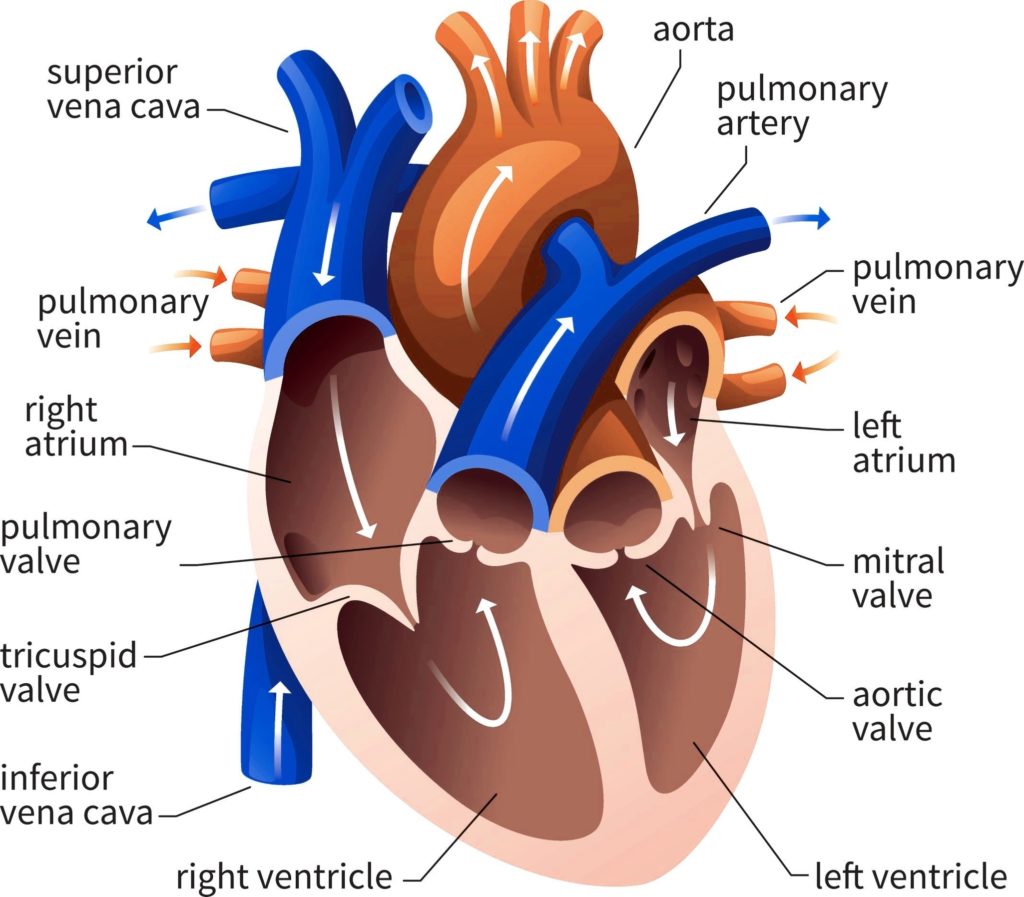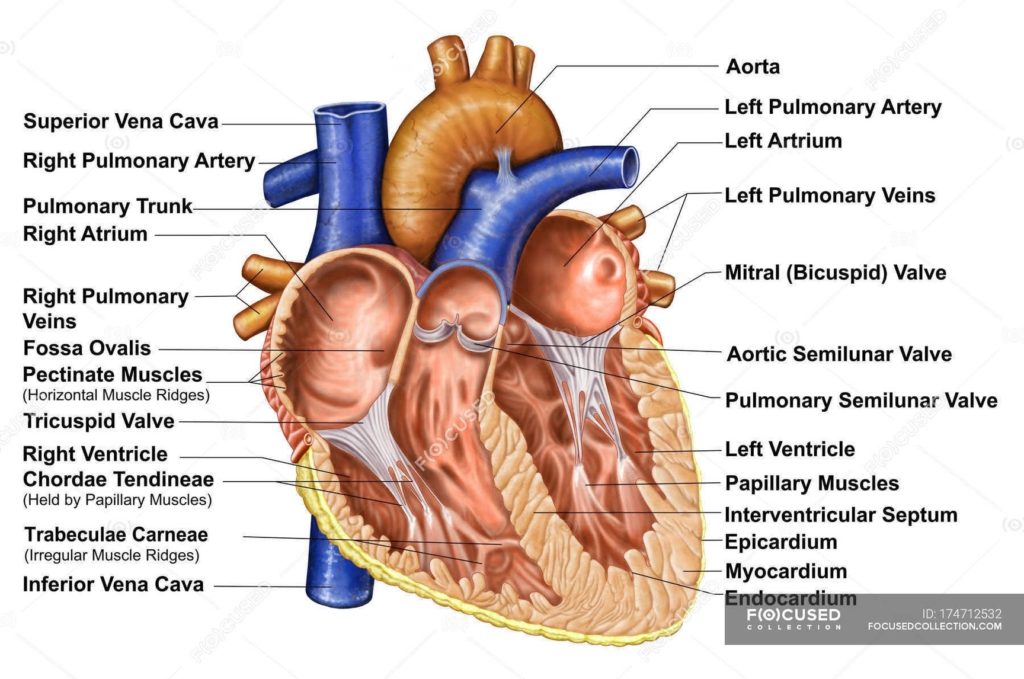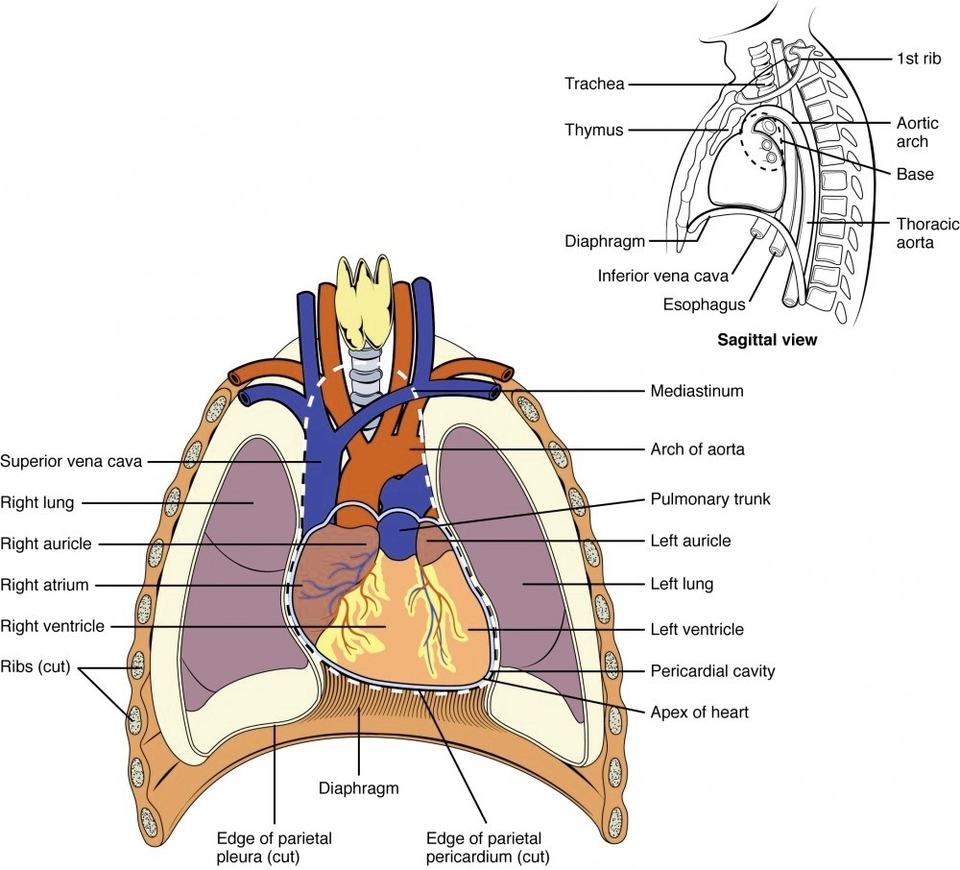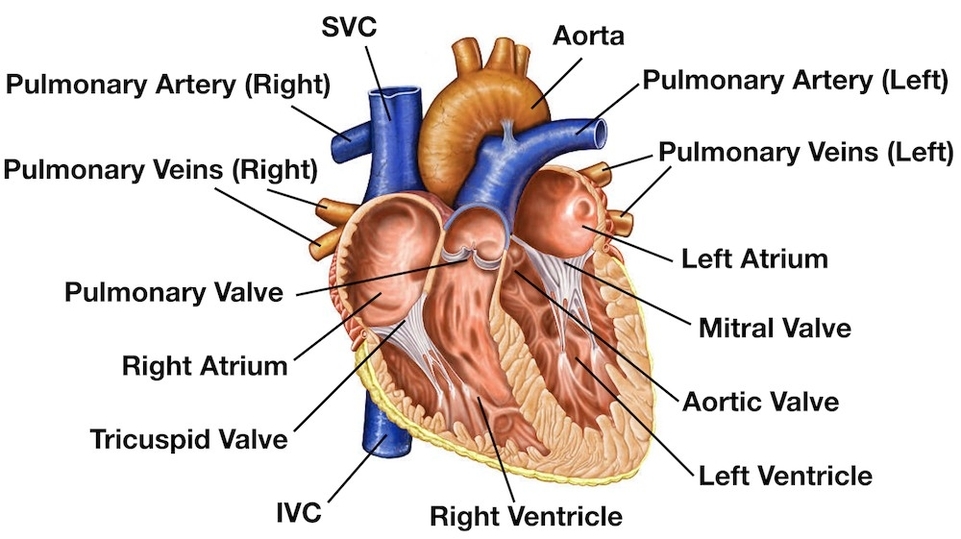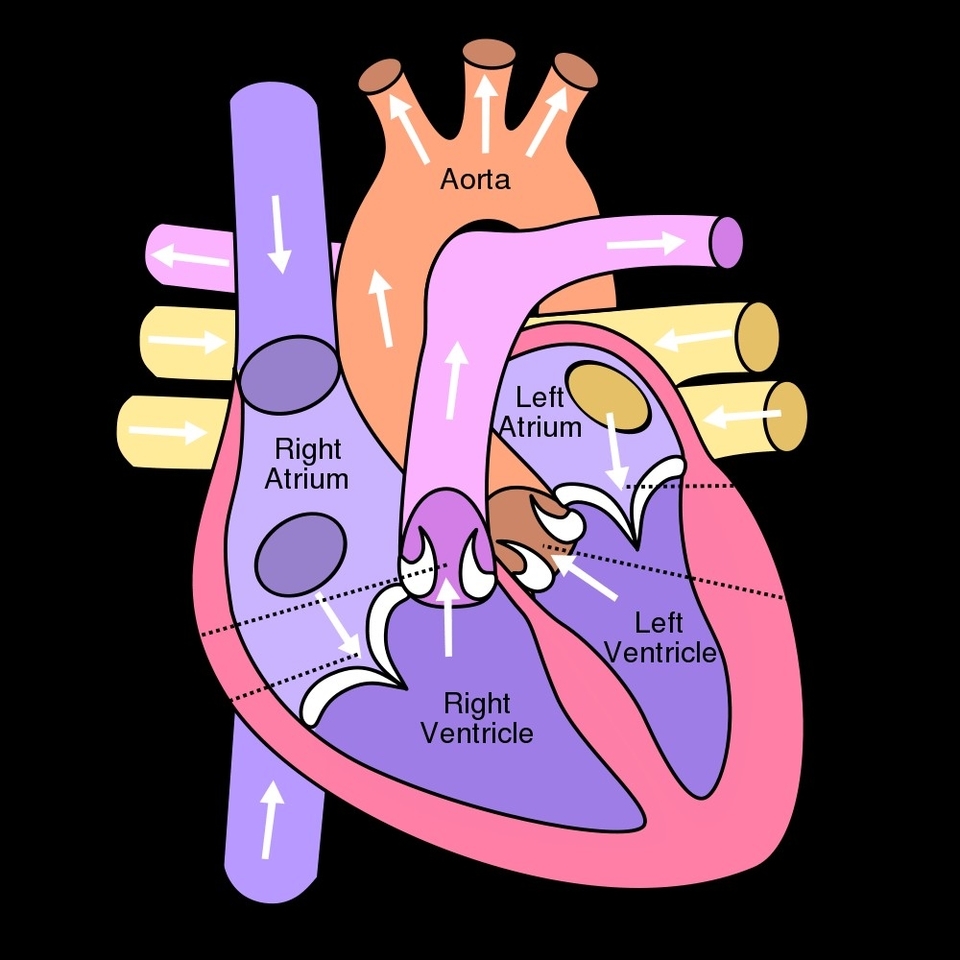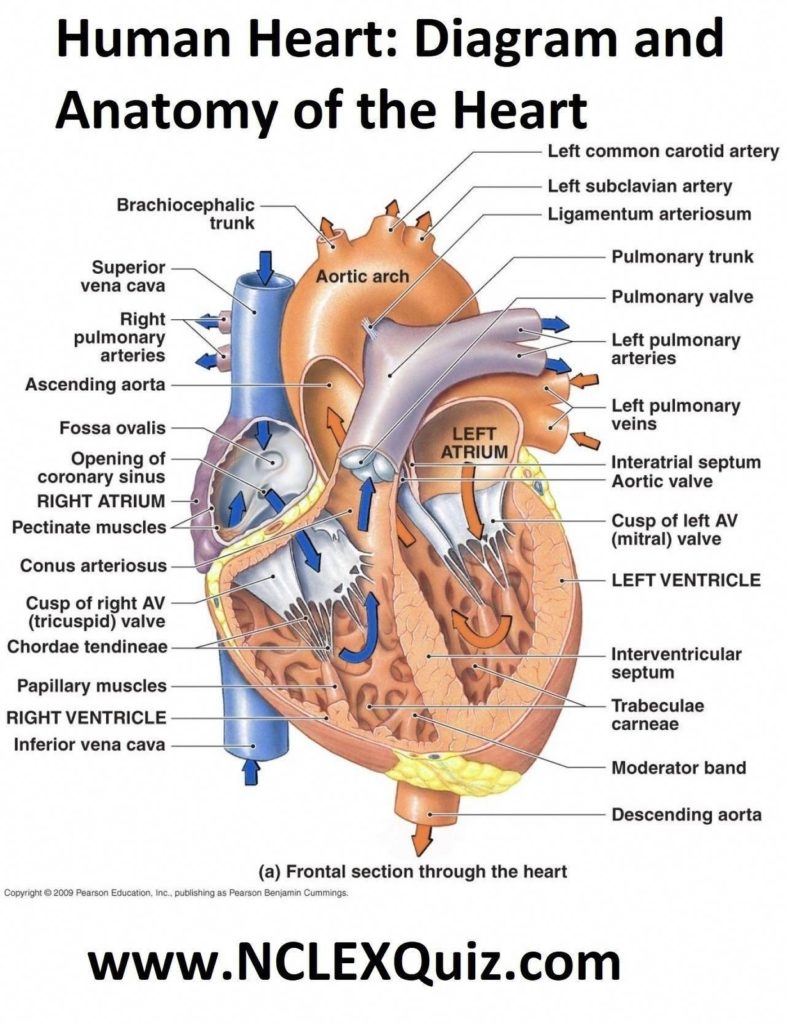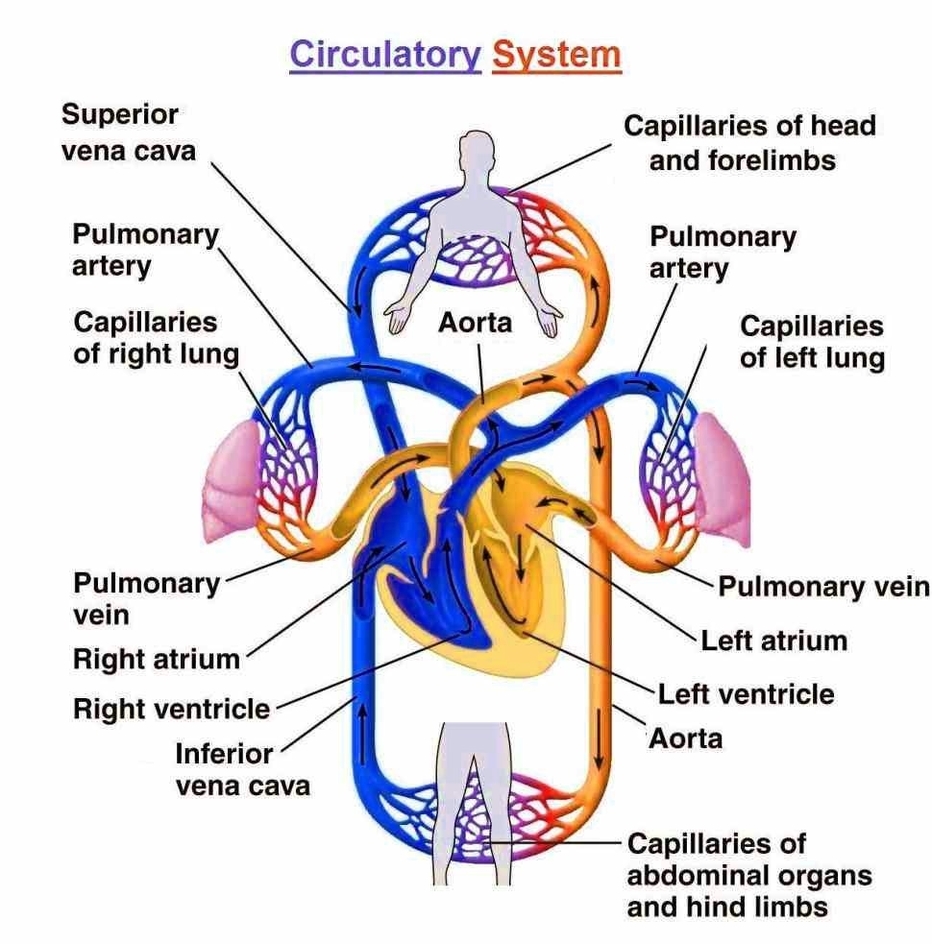Posted inDiagrams
Human Heart Circulation
Human Heart Circulation The human heart, a fist-sized powerhouse, is an amazing organ that continuously pumps oxygen and nutrient-rich blood throughout the body to sustain life. It beats approximately 100,000…





